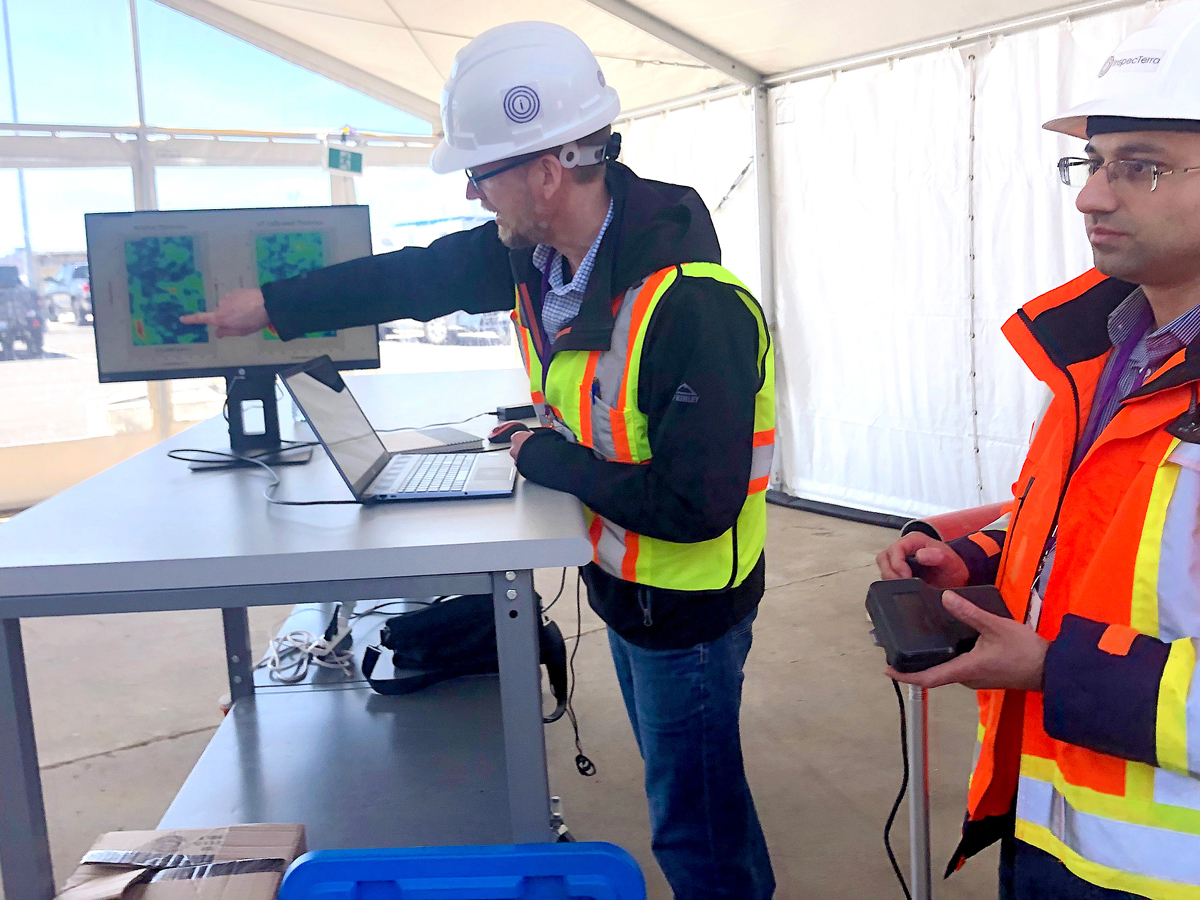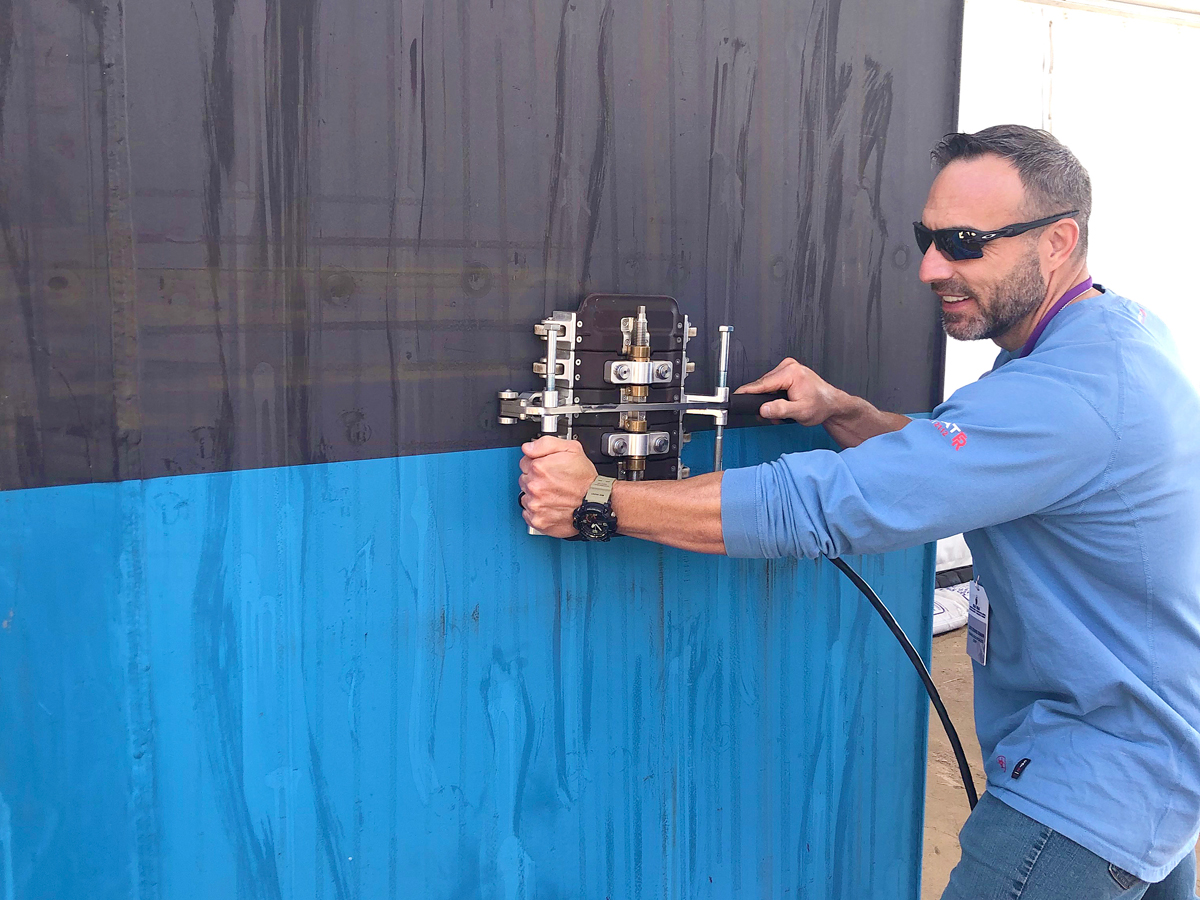Rust never sleeps: Innovative ways to detect corrosion in Royal Canadian Navy vessels
By Lookout Production on May 21, 2022 with Comments 0
Joanie Veitch
Trident Newspaper
—
Participants of a defence innovation program recently put their work to the test with a public demonstration in Halifax.
Following a call for applicants last fall, nine participants were selected to submit their technological solutions to a defence industry challenge in a “sandbox” event put on by Department of National Defence’s (DND) Innovation for Defence Excellence and Security (IDEaS) program.
The Corrosion Detection in Ships sandbox provided a platform for innovators to test and refine their ideas. Each participant was given three to fives days to test how well their technology works in finding hidden corrosion in a set of test panels. Experts from DND and Canadian Armed Forces (CAF) were on hand as observers.
By tapping into the potential of private sector innovators, the IDEaS program aims to bolster Canada’s defence and security capabilities, explains Kristina Proulx, director of innovation operations with IDEaS.
“We’re asking them to identify solutions in a real world environment, and they get real world feedback to understand what the needs and challenges are from the CAF and DND perspective,” Proulx explains.
At the public demonstration event on May 3, two of the nine innovators – operating out of two separate test sites – demonstrated their technologies. They each worked with a series of test panels manufactured to recreate different parts of a navy ship, such as decking with tile covering, pipes with valves and welded flanges, insulated pipes, and large painted steel plates.
Currently, dealing with corrosion on RCN ships involves removing insulation and deck coverings to do a visual inspection. The process is time consuming and intrusive, and is generally not viable while the ship is operational, says Rene Blais, a marine engineer at DND and an observer at the event.
“Visual inspection is best, but it’s not cost effective to remove all hardware, especially when a ship is in operation,” he adds. “Finding a way to do non-intrusive surveys would be better, and helps us with planning.”
Bijan Mahbaz, one of the nine participants, used a hand-held scanner with a highly sensitive magnetic sensor to detect corrosion via changes in the magnetic properties of an object. Mahbaz is the technical director and co-founder of Inspecterra Inc., a small company born at the University of Waterloo in Ontario. This is the company’s first time applying their technology in a ship environment.
“We have learned a lot. The development and improvement for us is huge. This sandbox program gave us an opportunity to understand more of what the industry needs,” he says. “In a ship you don’t have much space, so you need your method to be very adjustable.”
Eddyfi Technologies, a Quebec-based company, also uses magnetic technology to detect corrosion. They designed a portable magnetic flux leakage probe to scan storage tank floors. Lloyd Graham, technical sales specialist with Eddyfi, said their goal was to show how their portable system can also be applied for use on ship decks.
“Actually trying it out on a ship, that’s the true test,” Graham says.
While there’s no guarantee of a contract following the demonstration event, DND’s lead corrosion scientist Ryan Glendinning said the sandbox offers an opportunity for learning and advancement for the companies and for the CAF.
“Each of the solutions is very different. Some companies are using technology they had already developed and others are working with new applications they’re testing for the first time. We all gain from the potential here. It bridges that gap.”
Filed Under: Top Stories
About the Author:







